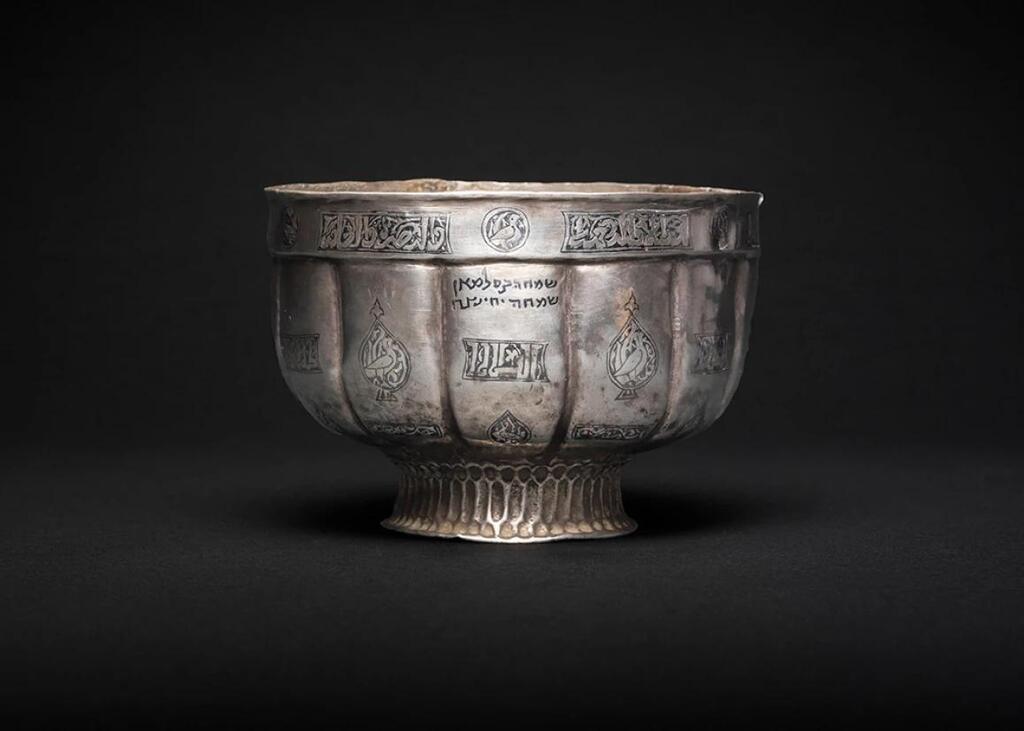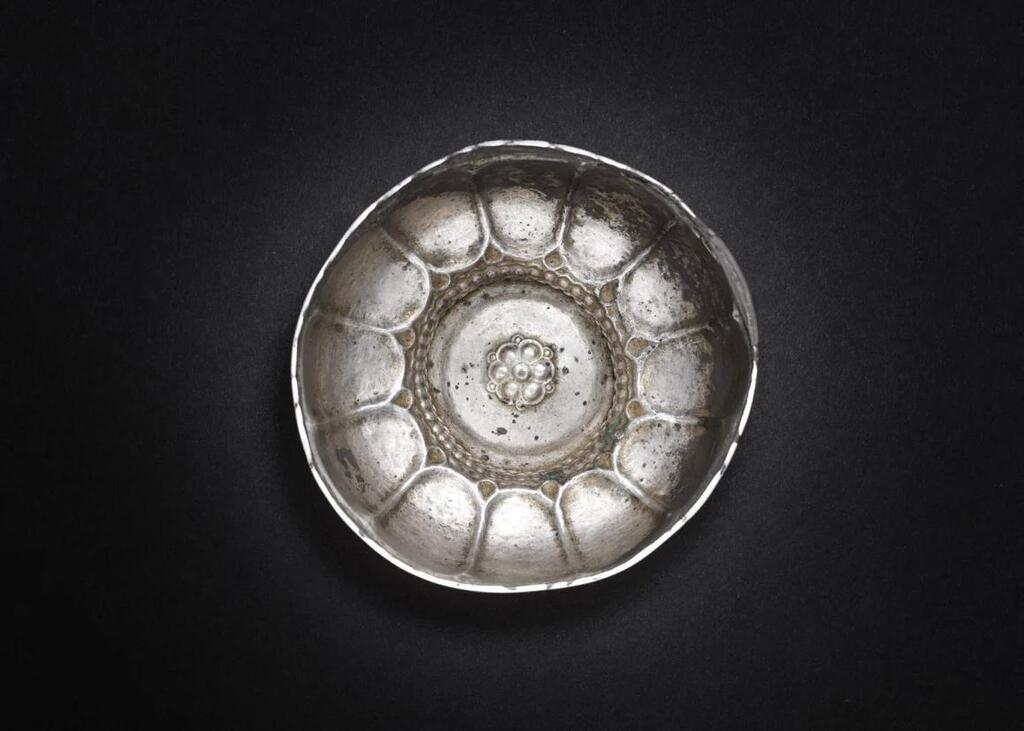Getting your Trinity Audio player ready...
Soon to be unveiled to the public in New York is a discovery that’s captivating scholars of Judaism, archaeology and Islamic art alike: what Sotheby’s auction house is calling the oldest known kiddush cup in existence—and possibly the earliest surviving piece of medieval Judaica.
Estimated to be worth between $3 million and $5 million, the cup will go up for auction this October. According to Jewish studies scholars, the artifact offers rare evidence of commerce, cultural dialogue and Jewish prosperity along the Silk Road nearly 1,000 years ago.
Known as the Cup of Joy, the cup dates back to the 11th or 12th century and likely originated in Khorasan—a region once part of the Persian Empire that now spans parts of Iran, Afghanistan and Turkmenistan. At the time, Khorasan was home to a thriving Jewish community that was later destroyed during the Mongol invasions led by Genghis Khan.
The goblet features inscriptions in both Hebrew and Arabic—an unusual combination that reflects mutual cultural influence and close ties between Jewish and Muslim communities in the region. The name of the original owner, “Simcha ben Salman,” is etched into the cup, alongside celebratory blessings in both languages.
Researchers believe the duplication of the name—“Simcha”—which translates to Joy—appearing twice in Hebrew and its Arabic equivalent, “Surur” (سُرور), also repeated—is no coincidence. They suggest the artist, likely a local Muslim silversmith, intentionally incorporated the dual blessings both as a gesture of respect toward the owner and as an “aesthetic reflection of textual symmetry.”
The Arabic inscription includes a string of well-wishes: "With Good-fortune, and Blessing, and Joy and Joy, and Happiness’. ‘Glory, Prosperity, and Wealth, and Grace, and Success, and Health, and Well-Being, and Wealth, and Happiness, and Health, and Long Life to its owner."
Crafted from silver and adorned with fine metalwork, the cup’s style reflects artistic traditions of Central Asia during the period, including grapevine motifs and regional calligraphy. Scholars believe it likely originated in a Khorasan workshop at the height of the region’s cultural and artistic flourishing. Its design bears resemblance to a small group of Islamic silver pieces from the same era, such as the famed Harari Hoard, now housed in Jerusalem’s Islamic Art Museum.
Beyond its historical significance, the artifact is exceptionally rare. Fewer than two dozen pieces of medieval Judaica are known to exist, and none are dated this early. According to Sharon Liberman Mintz, senior Judaica curator at Sotheby’s, the cup embodies the complex and fascinating story of Jewish life in the Diaspora—particularly in Muslim lands.
"This cup is an extraordinarily rare record of the existence and importance of Jewish communities in Central Asia in the Middle Ages, and of their cultural and artistic exchanges with the surrounding Islamic world," she said.
"Bearing inscriptions in both Hebrew and Arabic, the cup was not only used to sanctify Jewish ritual, but also embodied a shared artistic language across faiths, and its survival for nearly a millennium is truly remarkable. No other medieval Judaica artefact of this early date is known to exist. We’re particularly excited to be announcing this cup on the eve of Passover, at which the Kiddush cup plays such a central role - the vessel for the wine that is blessed and consumed at the Seder.”
Despite its importance, the cup has never before been shown to the public. Since the 1950s, it has remained in a private family collection, hidden from public view for decades. It will make its first public appearance in April at Sotheby’s London during Islamic and Middle Eastern Art Week, ahead of a dedicated auction in New York on October 29.
Get the Ynetnews app on your smartphone: Google Play: https://bit.ly/4eJ37pE | Apple App Store: https://bit.ly/3ZL7iNv
The kiddush cup is a ritual object used in Sabbath and holiday meals to hold wine or grape juice for the sanctification blessing. Typically made of fine materials like silver, kiddush cups are often passed down through generations as family heirlooms. Unlike other ritual commandments, Jewish law does not prescribe a specific design, allowing communities to adapt local forms for religious use. As a result, kiddush cups can take the shape of Persian, German or Italian goblets—sometimes featuring non-Jewish decorative motifs alongside distinctly Hebrew inscriptions.
In the case of the Cup of Joy, this cultural blending is especially striking—not only in form, but also in its dual-language inscription, refined craftsmanship and visual lyricism.
Sotheby’s, which is leading the sale, has been owned since 2019 by French-Israeli billionaire Patrick Drahi. It was recently revealed that Abu Dhabi has joined as a shareholder, in a move aimed at strengthening art-world ties between the Gulf and the West. With the goblet’s unveiling timed ahead of Passover, Sotheby’s hopes to draw interest from collectors, Jewish institutions and museums worldwide.





